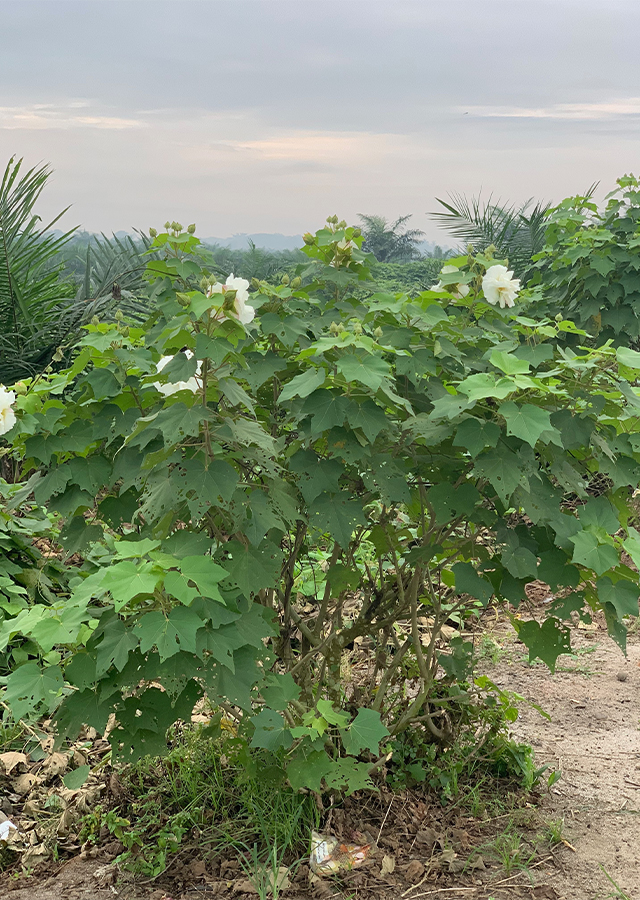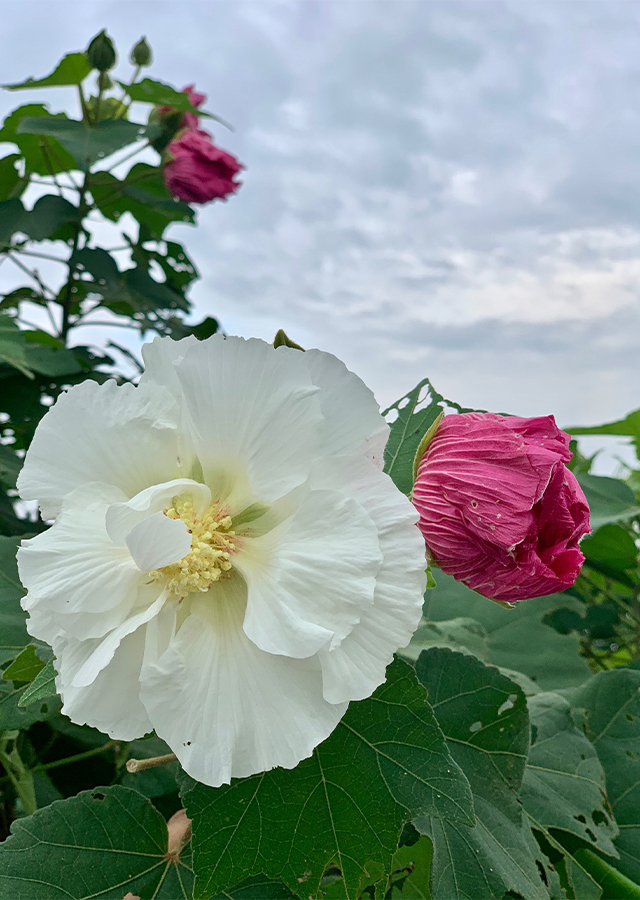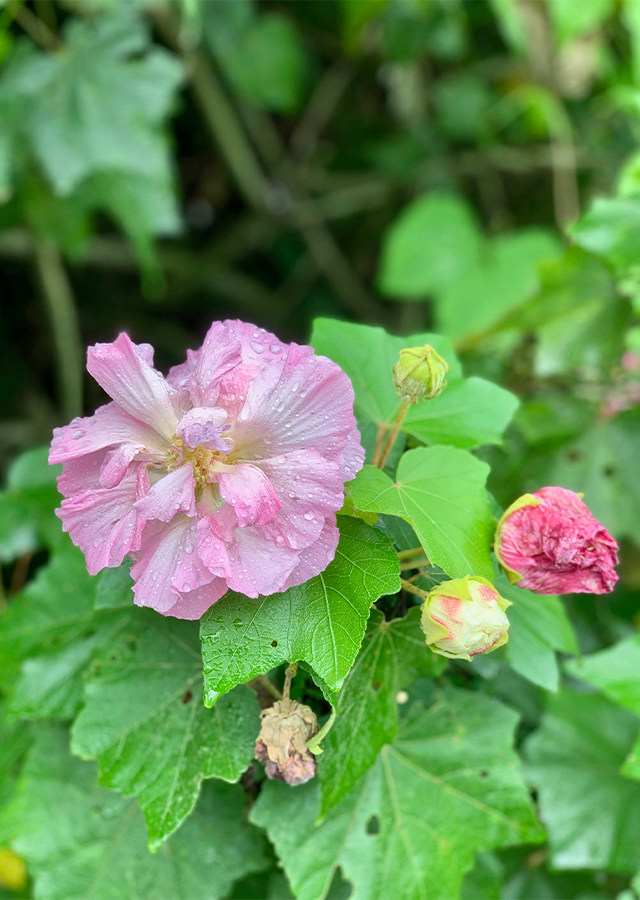Traditional Herbs from Hibiscus mutabilis
cough_darah
- Prepare 30 g of hibiscus flowers and 60 g of andong leaves.
- Wash all the ingredients. Boil them with 800 ml of water until it boils and the remaining 400 ml of water, strain.
- Drink 2 times a day.
inhibits_the_development_of_virus_in_the_skin
- Wash thoroughly 5 waru porcupine leaves, air\u0002air-dry until dry, then mash them into powder.
- Take enough, mix with 100 ml of starch water.
- Apply this concoction to the sick part of the body.
What is Hibiscus mutabilis Looks like??



Parts of Hibiscus mutabilis that could be used
- Leaves
- Flowers
- Roots
Hibiscus mutabilis Distribution
Waru porcupine is a wild plant and has been cultivated in China. Currently it is widely cultivated in tropical areas including Southeast Asia. In Indonesia, this plant is used as a hedge, ornamental plant and fiber producer.Agroecology of Hibiscus mutabilis
Grows well in fertile, humus-rich soil with sufficient moisture and full sun. Likes warm weather but wet in winter. Grows wild in forests at an altitude of 1-900 m above sea level.
Morphology of Hibiscus mutabilis
- Stems are branched, have fine grayish hair.
- Leaves are orbicular to ovate (ovate), long-stemmed, 3-5 fingered leaves, pointed tip, notched base, dull green, alternate, covered with fine hairs .
- The flowers are 10-12 cm large, emerge from the leaves gathered at the end of the stalk. In the morning they are white or gray, in the afternoon before they wilt they become red.
- The fruit is round and curved, filled with coarse hairs.
- Seeds are ovoid, hairy.
Cultivation of Hibiscus mutabilis
- Generative (seed) and vegetative propagation (stem cuttings, separation of seedlings).
- Plant the seeds in polybags, when the height is about 10 cm, the seeds are transplanted to a permanent place.
Hibiscus mutabilis, more details :
Chemical Content of Hibiscus mutabilisFlavonoids, flavonol glycosides, anthocyanins, quercetin, quercemeritrine, quercetin-3-d xyloside, quercetin-3-sambubioside, isoquercetin, meratrin, hybridin, kaempferol, hyperin, guaijaverin, cyanidine-3-xlosylglucosa, cyanidin 3-monoglucoside, hibiscones , hibiscoquinones, β sitosterol, β-carotene.
Benefits of Hibiscus mutabilis
Has activity as an antibiotic and anti-inflammatory. Cleans blood, removes swelling, stops bleeding, reduces fever, treats coughs and lung complaints.
Simplisia of Hibiscus mutabilis
- Prepare fresh leaves, wash them thoroughly with running water.
- Dry the leaves by drying them in the sun under cover until the water content is less than 10%.
- After drying, grind the leaves to make powder.
- Store in a clean container and air-tight.
Another Facts for Hibiscus mutabilis :
Synonym of Hibiscus mutabilisAbelmoschus mutabilis (L.) Wall. ex Hassk., Hibiscus aestuans Rottler ex Mast., Hibiscus malvarosa Noronha
Habitus of Hibiscus mutabilis
Bush. Annual upright shrub, reaching 2-5 m high.
Habitat of Hibiscus mutabilis
- Riverside
- Bush Area
No comments:
Post a Comment